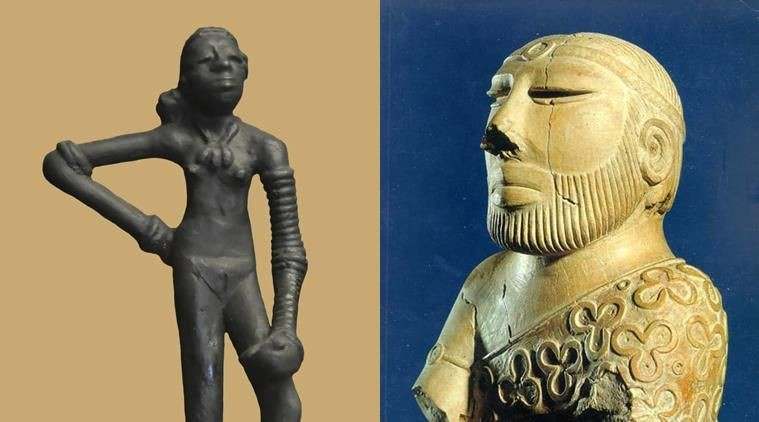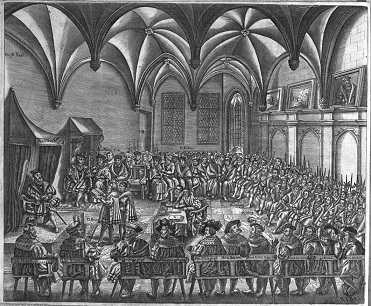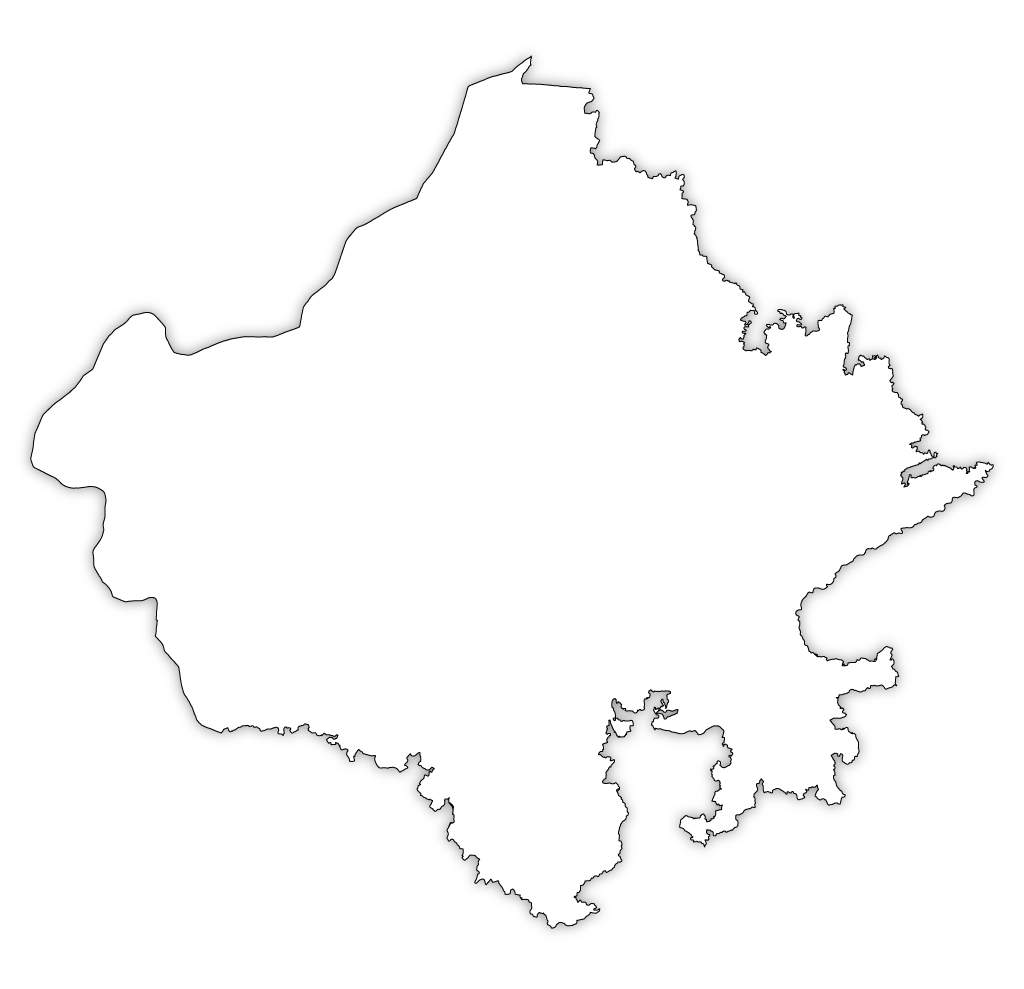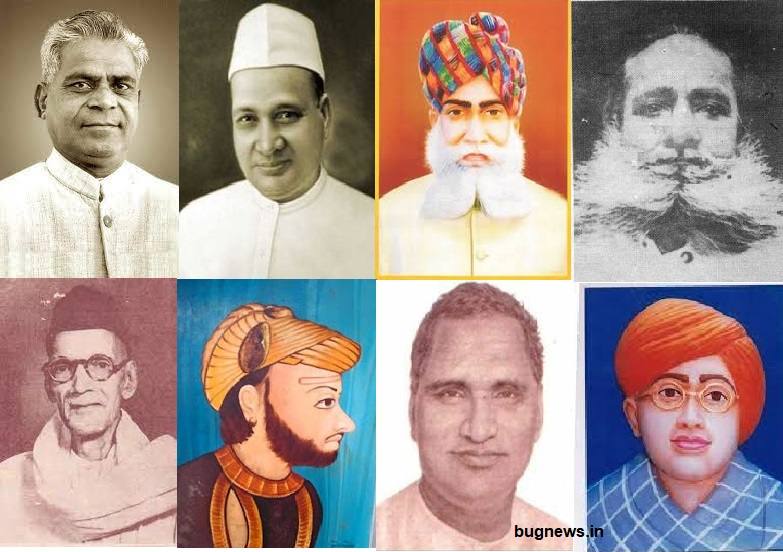Do you find the cultures and lifestyles of the past to be fascinating? If so, let’s travel back in time to learn more about one of the world’s oldest and most fascinating civilizations, the Indus Valley Civilization. We shall explore the history, geography, and manner of life of the inhabitants of the Indus Valley more than 4,000 years ago in this blog.
Article Powered by TOPICFLIX
Geography and environment of the Indus Valley region
The Indian subcontinent’s northwest, which includes modern-day Pakistan, India, and Afghanistan, was the center of the Indus Valley Civilization’s flourishing civilization. Significant river, the Indus, which supplied water for irrigation and agriculture, nourished the area.
Chronology and timeline of the civilization
Between 2600 and 1900 BCE, the Indus Valley Civilization was active. It existed at the same time as Mesopotamian and ancient Egyptian civilizations.
Urban planning and architecture of the cities
The excellent urban planning and architecture of the Indus Valley Civilization were well known. They created cities with well-planned streets, drainage methods, and public bathhouses. Harappa and Mohenjo-Daro were two of the Indus Valley Civilization’s most well-known cities.
Agriculture and farming practices of the civilization
The Indus Valley Civilization’s inhabitants were expert farmers who raised a range of crops, including wheat, barley, and rice. They also raised domesticated animals including sheep, goats, and cattle.
Trade and commerce in the Indus Valley Civilization
Both inside its own territory and with other regions of the world, the Indus Valley Civilization developed an alive trade network. They dealt in textiles, gold, and valuable stones.
Social organization and hierarchy of the society
It is not clear whether the Indus Valley Civilization was a hierarchical structure or not because the language of the Indus people has not been understood so far. But it is sure that there must have been farmers, craftsmen or traders.
Religious beliefs and practices of the civilization
Mother goddess, nature worship was related to yoni (Vagina shape) worship and the idol found in yogi posture is called Pashupatinath by some experts but it is not clear. Evidence of worship of Yoni and Linga has been found.

But one thing is clear, the people of the Indus Valley did not match the religious beliefs of the Vedic people.
Art and craft of the Indus Valley people
The art and craft of the Indus Valley Civilization were renowned. They produced figurines, jewellery, and pottery. They frequently portrayed animals in their artwork, including tigers and elephants.
Language and script of the civilization
The Indus Valley Civilization utilised a script that hasn’t been fully understood. Consequently, not much is known about their language.
Decline and eventual collapse of the Indus Valley Civilization
The reasons for the decline and eventual collapse of the Indus Valley Civilization are still not fully understood. Some academicians believe that the decline of the civilization could have been due to Aryan invasions, climate change, floods and droughts. Finding of many skeletons at one place found in Mohenjodaro indicates further decline of civilization due to invasion.
In conclusion, the Indus Valley Civilization was the earliest culture that left a lasting legacy of art, architecture and culture. We sincerely hope that this blog has increased your knowledge about this interesting culture and piqued your interest to know more about the distant past.

About the Author
Manish love to write and he is a Civil Servant. Users can follow Manish on Instagram 
आईयूसीएन (अंतर्राष्ट्रीय प्रकृति संरक्षण संघ) [IUCN kya hai] -UPSC-GK [hindi]
आईयूसीएन (अंतर्राष्ट्रीय प्रकृति संरक्षण संघ-IUCN) एक अंतरराष्ट्रीय संगठन है जो संधारणीय विकास के लिए काम…
From Sunlight to Sugars: The Miracle of Photosynthesis
What is photosynthesis? Photosynthesis is the process through which plants, algae, and some microorganisms use…
आग्सबर्ग की संधि (Augsburg ki sandhi) और धार्मिक युद्धों का सीमित विराम
आग्सबर्ग की संधि (Treaty of Augsburg) जर्मनी और यूरोप में धार्मिक युद्धों का विराम था…
विकिरण (Radiation) [UPSC GS]
विकिरण (Radiation) ऊर्जा है जो किसी स्रोत से आती है और प्रकाश की गति से…
राजस्थान का एकीकरण (Unification of Rajasthan)
राजस्थान के इतिहास के सबसे महत्वपूर्ण अध्यायों में से एक विभिन्न रियासतों का एकीकरण है…
राजस्थान के प्रमुख क्रांतिकारी [Rajasthan ke pramukh krantikari]
इस आर्टिकल में राजस्थान के प्रमुख क्रांतिकारी (Rajasthan ke pramukh krantikari) के बारे में कुछ…



![विकिरण (Radiation) [UPSC GS]](https://bugnews.in/wp-content/uploads/2022/04/radiation.jpg)

